(249 products available)















































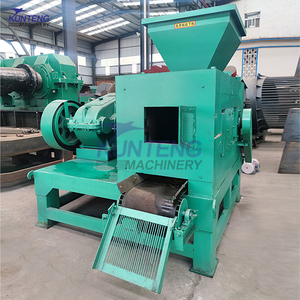















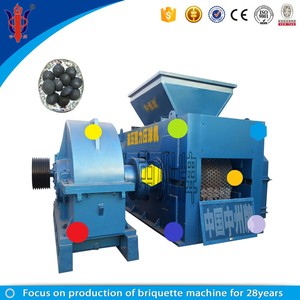



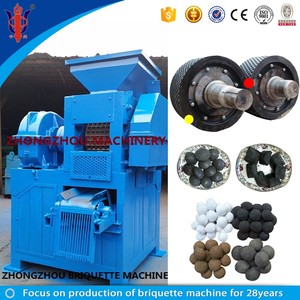



























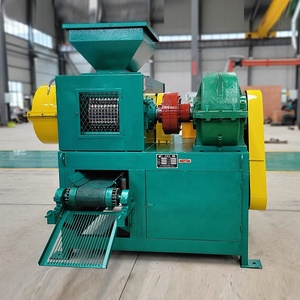

















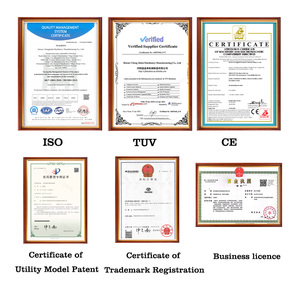















































Some suppliers may have different definitions, but typically, brown coal briquettes can be divided into three categories based on their production methods, raw materials, and end-uses.
Lignite briquettes
Lignite, often referred to as "brown coal," is the lowest rank of coal and contains a high amount of moisture. Making briquettes from lignite helps to reduce the moisture content, making it a more efficient fuel. Lignite briquettes usually have a high sulfur content, which makes them less popular in some areas. However, they are often used in power plants that are located close to lignite mines.
Small coal briquettes
Small coal refers to the fine coal particles left after the screening process. It usually contains less than 45% ash and can be used as a fuel for iron and steel industries. Manufacturers often mix small coal with bituminous coal to produce brown coal briquettes. The addition of small coal reduces the ash content of the final products and makes them more attractive to consumers.
Binder pitch briquettes
These briquettes are made by utilizing binder pitch as a binding agent. Pitch coal occurs as a byproduct from manufacturing coal tar, which comes from coking coal. Using pitch binder not only provides strong adhesion but also enhances the briquettes' stability and durability. Moreover, the ash content of binder pitch briquettes is relatively low, making them an attractive option for businesses.
Brown coal briquettes are produced from lignite coal, a low-carbon product containing a high moisture content. Some essential specifications that business buyers should know about brown coal briquettes are as follows.
Moisture content
The moisture content in brown coal briquettes is generally 30% to 65%. This is what makes lignite one of the wettest fossil fuels. The water in the coal may be present in a solid form or may evaporate away to become vapour. This is known as the site or intrinsic moisture and continues to be in the coal even after extraction from the coal mine. Other forms of moisture like external moisture occur after prolonged exposure to air or immersion in water and can negatively impact the burn ability of the coal.
Carbon dioxide emission
We are sitting at 60-70% carbon content. Due to its low carbon content and high organic material, brown coal briquettes emit a large amount of carbon dioxide when burnt. The emission may be higher than that of other superior lignite coal products.
Energy content
The energy produced from brown coal briquettes is between 4 MJ/kg to 14 MJ/kg. Around 70% of the energy in brown coal is derived from the carbon, hydrogen and oxygen content in it. Other minerals like sulfur, nitrogen and moisture do not contribute to energy production.
Briquette size and form
Brown coal briquettes are semi-solid by-products of the coal upgrading process. They are often irregular in size and shape, measuring up to 5-30 cm. Their dimension varies according to local requirements and availability of technology.
Brown coal requires consistent maintenance and care from business buyers if they want to ensure a supply of burning coal for years to come. Some tips are as follows.
Despite the controversies surrounding the use of brown coal as a fuel source due to environmental concerns, brown coal briquettes still find a lot of applications in industries and households all around the world.
Both retail and industrial customers can benefit from this brief advice on how to choose brown coal briquettes for sale.
Know the Source:
It's essential to research the source of the brown coal being offered for sale. Is the supplier operating in an EU country? If so, does the coal meet the new CO2 emission legislation for EU member states? The better the source of the coal, the higher the grade of coal that can be supplied.
Transport Options:
Brown coal is large enough nugget-sized coal that it can be transported in bulk by ship, truck, or train. Either way, transportation costs are significant, so knowing the optimal transport methods is essential. If it is being transported by rail, train it in a container.
Store and Sell:
Briquetted lignite is the same as brown coal briquettes, and storing and selling large quantities of coal in briquetted form is more accessible, and coal in bulkar is more economical than coal in powder form. Bulk storing and selling makes it easier for commercial and industrial customers to store and use it in their machinery, thus increasing sales potential.
Possible CO2 Emission Claims:
If the coal supplier uses a specific technology for treating and storing the coal that reduces CO2 emissions, inquire whether that technology allows for possible CO2 emission claims. If so, the coal may be more valuable and sell for a higher price. Such a methodology could include, for example, pre-combusting the coal, which theoretically would oxidize the volatile matter in the coal. Other potential methodologies are carbon capture and storage or CCS, an umbrella term for various technologies that reduce CO2 emissions, including direct air capture and geological storage.
Staggers and Reversibility:
Another possible technology inquiry is the use of CCS in the form of coal chemical de-staggers, which tries to even out the chemical properties of coal to make it more homogeneous, thus improving the burning efficiency. Methane is the chemical used in this process, and in the event of market volatility, it can be recovered, making the process reversible.
Q1: What are the benefits of using brown coal briquettes?
A1: Brown coal briquettes have several benefits. They are known for their high heat output. Additionally, they are a cost-effective fuel source. Another benefit of using brown coal briquettes is that they produce lesser smoke than regular coal. This makes them an environmentally friendly option.
Q2: Do brown coal briquettes burn slower than regular coal?
A2: Brown coal briquettes have high moisture content, making them burn faster than other types of coal. However, they are suitable for high-heat applications.
Q3: Can brown coal briquettes be used on any fireplace or stove?
A3: Unless otherwise stated, brown coal briquettes shouldn't be used on an open fireplace. The high heat output can damage the fire bricks. Additionally, they could pose safety hazards. It's best to check the suitability of brown coal briquettes on the fireplace or stove.
Q4: Do brown coal briquettes emit a lot of ash?
A4: Brown coal briquettes produce lesser ash than other types of coal. This makes them easy to clean after use.